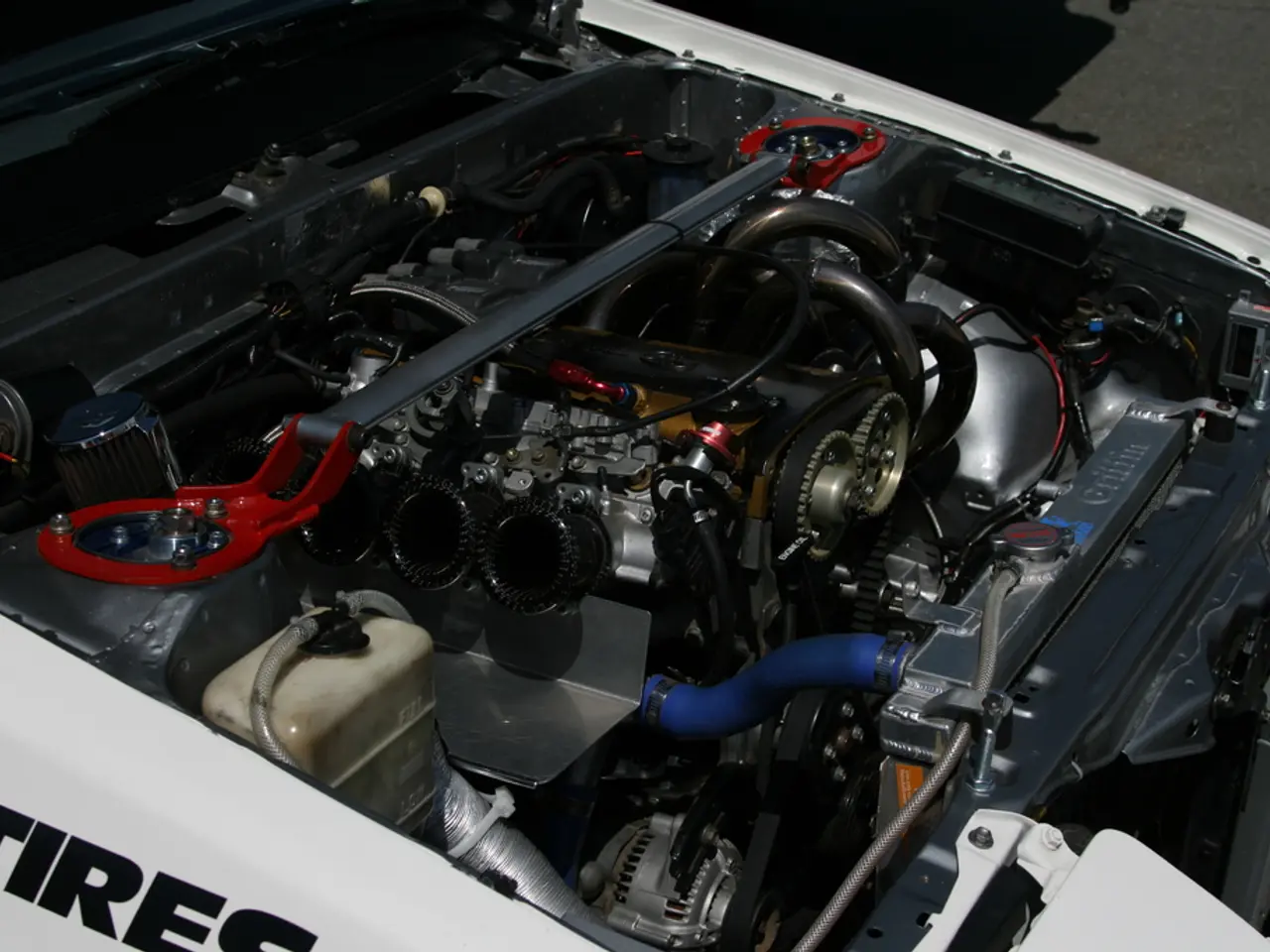Groundbreaking Australian innovation in battery technology might permanently phase out reliance on fossil fuels.
Flow batteries, a promising energy storage technology, are making their way into the market in Australia, ready for large-scale deployment. This advancement is largely due to the Australian government's initiatives aimed at boosting local manufacturing and grid-scale energy storage.
First developed in the 1980s, flow batteries have matured over the years to achieve commercial viability. Their unique design offers several advantages, including a capacity of up to 12 hours of energy return to the grid, surpassing the capacity of lithium-ion batteries.
One of the key benefits of flow batteries is their safety. Unlike conventional batteries, they use non-flammable liquids, enhancing safety features. Another advantage is the flexibility they offer, as they can separate power from capacity, a feature not seen in other battery types.
The modularity of flow batteries is another significant advantage. Increasing storage capacity only requires adding more electrolyte, thus reducing costs. This scalability is a key advantage, making flow batteries an attractive option for large-scale energy storage solutions.
However, flow batteries, particularly Vanadium Redox Flow Batteries (VRFBs), face challenges. They have a cost premium relative to lithium-ion batteries, though they promise better long-duration energy storage (LDES) capabilities and longer discharge times. Supply chain risks, especially for vanadium which is critical to VRFBs, are a concern due to geopolitical factors affecting global supply from major producers in China, Russia, and South Africa. Achieving uniform electrolyte flow and improving energy efficiency in battery design still require innovation.
Despite these challenges, Australia is making strides in flow battery commercialization. The Queensland Energy and Jobs Plan allocates $500 million to grid-scale and community batteries, specifically including flow batteries that can be manufactured locally. The plan aims to transition Queensland’s electricity supply to 80% renewables by 2035.
Government initiatives also focus on firming up renewable energy supply with dispatchable storage solutions like flow batteries to maintain grid stability amid increasing wind and solar penetration. State and federal projects back pilot demonstrations and commercial installations to scale energy storage technologies, supporting Australia's renewable transition and energy security goals.
Significant investment programs are facilitating technological advancements and infrastructure development in the flow battery sector. Companies such as Invinity Energy Systems maintain manufacturing operations in Australia, Canada, and the UK, focusing on stack manufacturing quality and control systems to enhance performance and reduce costs. Research and use of iron-based aqueous redox flow batteries (ARFBs) are ongoing globally with Australian companies contributing to demonstration platforms, indicating progress toward stable large-scale flow battery systems.
In summary, Australia is advancing flow battery commercialization through both innovative local projects and government backing. By addressing key challenges such as cost, supply chain security, and technical optimization, Australia aims to enable long-duration storage that complements expanding renewable energy.
Technology and innovation are playing pivotal roles in Australia's energy sector. Flow batteries, an advanced technology in energy storage, are being backed by the Australian government for scaling up production and grid-scale energy storage, partly due to their unique advantages such as longer discharge times, safety, and modularity. However, challenges like cost, supply chain risks, and improvement in energy efficiency still need to be addressed through further technology advancements.




